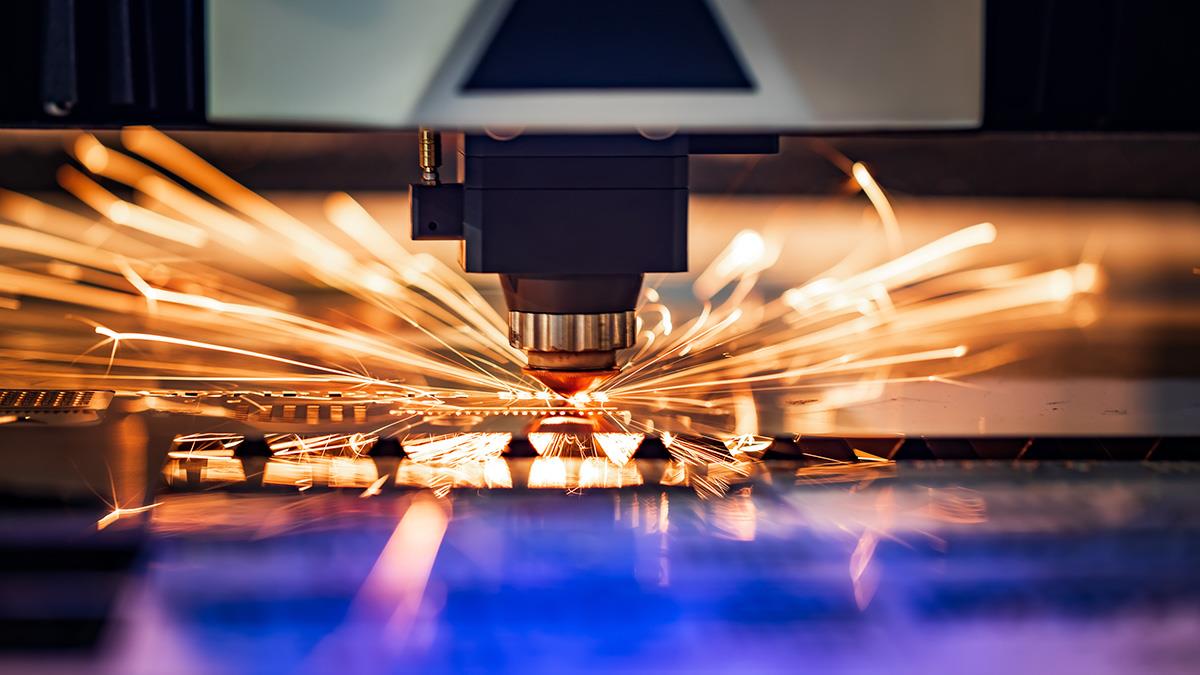
It’s no secret our industry is facing adversity. From an uncertain economic situation to a retiring workforce, companies must discover innovative ways to reposition their status quo to not only survive, but thrive.
That means evaluating current facility standings and adjusting how success is measured to promote partnerships across multiple areas by establishing a united training effort and new facility processes. It’s imperative to transition into a single functioning organism instead of a collection of departments to achieve new levels of collaboration and prosperity.
This begins by evaluating existing plant issues using Root Cause Analysis techniques. By investigating why equipment is experiencing abnormal conditions, personnel can quickly identify the true catalyst and take corrective actions.
During this process, it’s important to understand the technicians’ mindsets. By highlighting Reliability Centered Maintenance, personnel learn the consequences of ill-defined job roles and reactive mindsets. Establishing proper training procedures and manuals will alleviate ambiguities and create a proactive mentality.
By supporting a comprehensive and sustainable training method focused on interdepartmental collaboration, facilities encourage an environment of constructive cooperation. Investment in proper training for maintenance personnel results in positive outcomes for the entire workplace, including less equipment downtime, reduced costs, and increased productivity.
When personnel are confident in their knowledge and abilities, they take more ownership over their areas. This attitude begins to spread as others witness the positive effects, both for the facility and their own career trajectories. In this way, we can develop a world-class program founded on a mutually beneficial relationship.
This mindset transition will naturally encourage a predictive maintenance system. During this evolution, it’s important to provide the right resources, including technologies and management systems, that help departments maintain a holistic overview of the facility, cultivate open communication, and encourage partnership.
To solidify and support these changes, it’s necessary to promote Asset Operations Management techniques. In this way, facilities guarantee complete alignment between maintenance, reliability, and operations teams. This cohesion will create a culture of growth and synchronization, allowing these strategic changes to leave a positive impact on everyone involved.
Through adaptability and forward-thinking processes, facilities can navigate the shifting marketplace with precision and attain new levels of success for decades to come. I hope you find this issue brimming with open candor and enthusiasm for continually learning and improving the industry that we care so deeply for. Through this collaboration of unique voices and innovative minds, we hope to progress the efficiency and performance of facilities and teams across the globe.




